Photo Journal: Central Atlantic Seacoast – James McNaughton
“This Fall, I had the good fortune to carve out a large chunk of time to leave home and journey south on a much needed sojourn. I recently purchased a baby Airstream camper called by the manufacturer, the Bambi Sport. It is 16 feet long, which is shorter than my solo canoe! I have taken to calling it ‘The Escape Pod.’
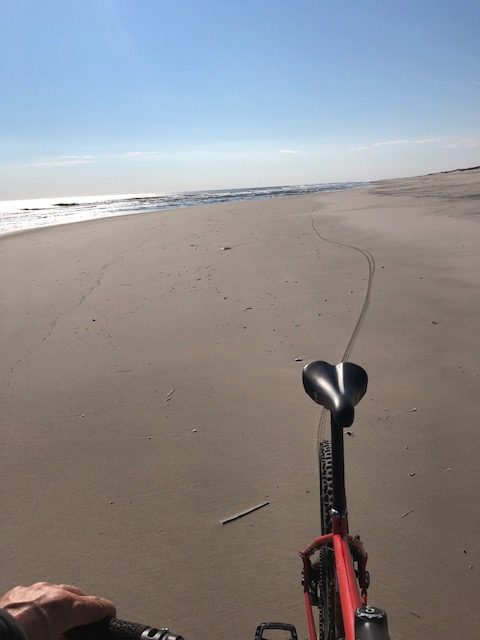

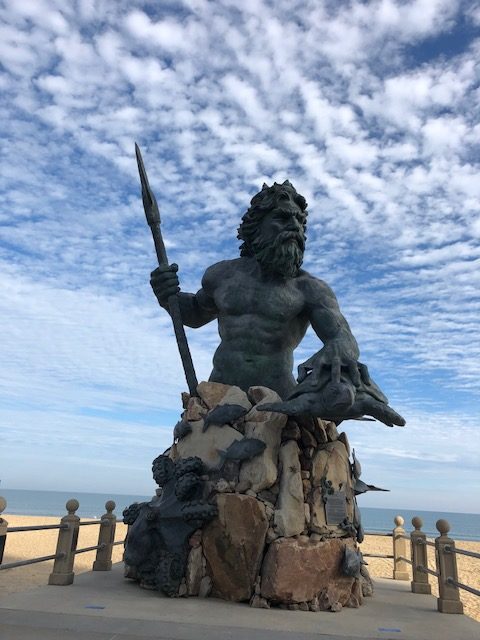






Photo Journal: The River of Grass in Florida’s Everglades – Farlin Black
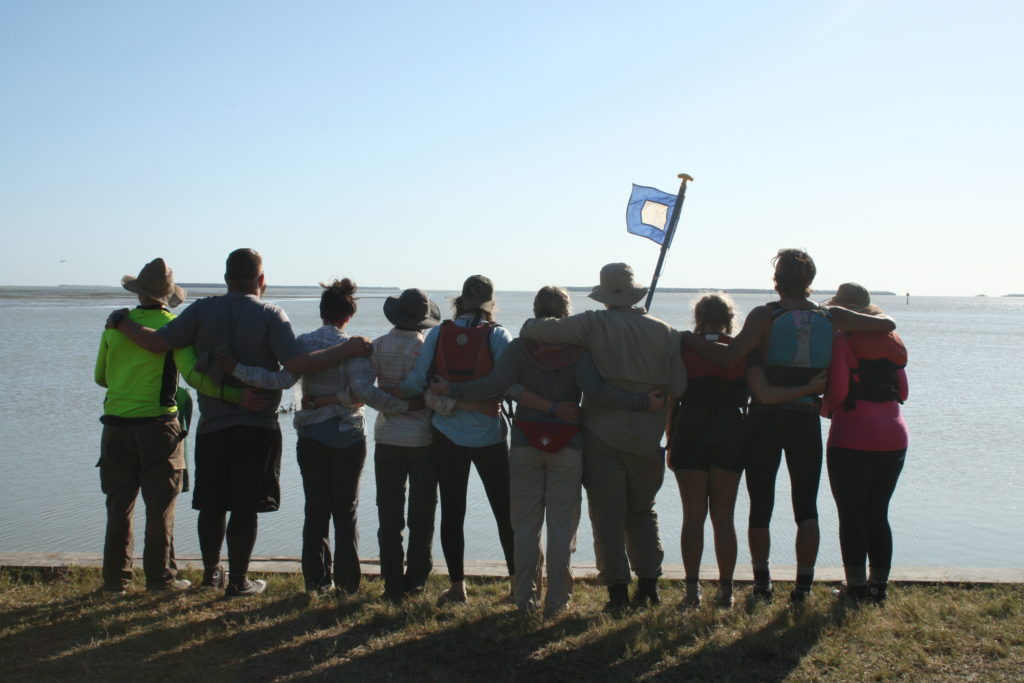
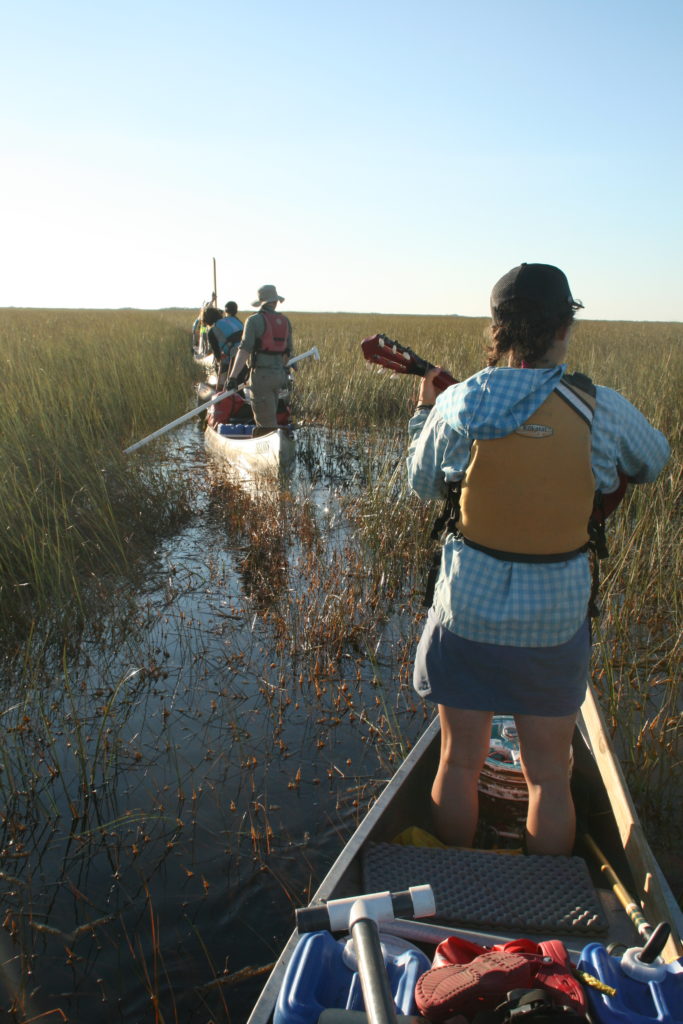
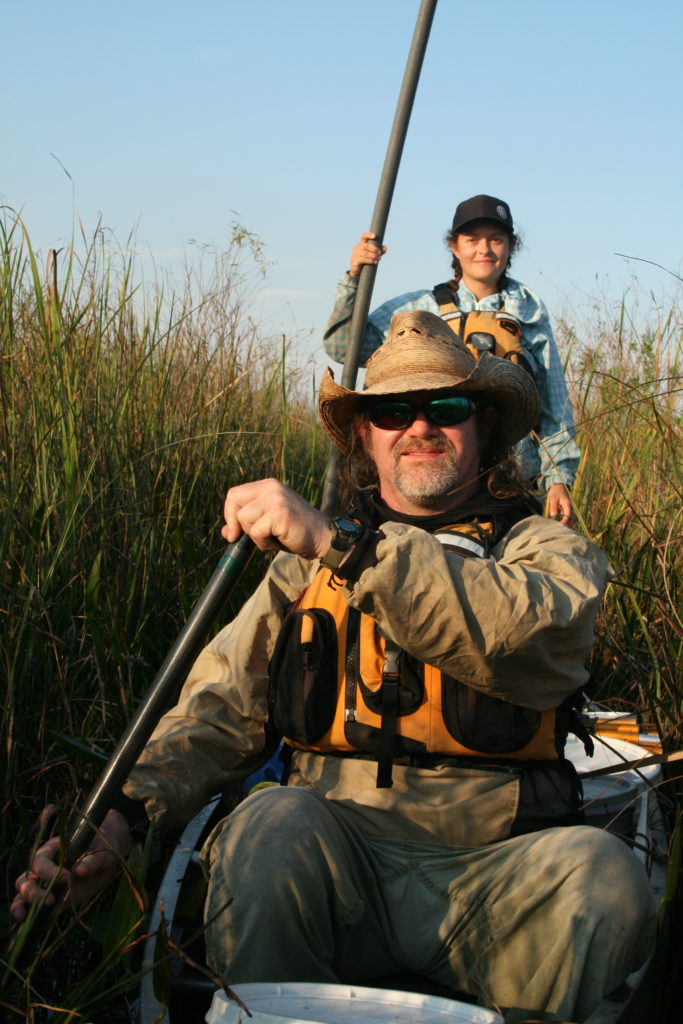
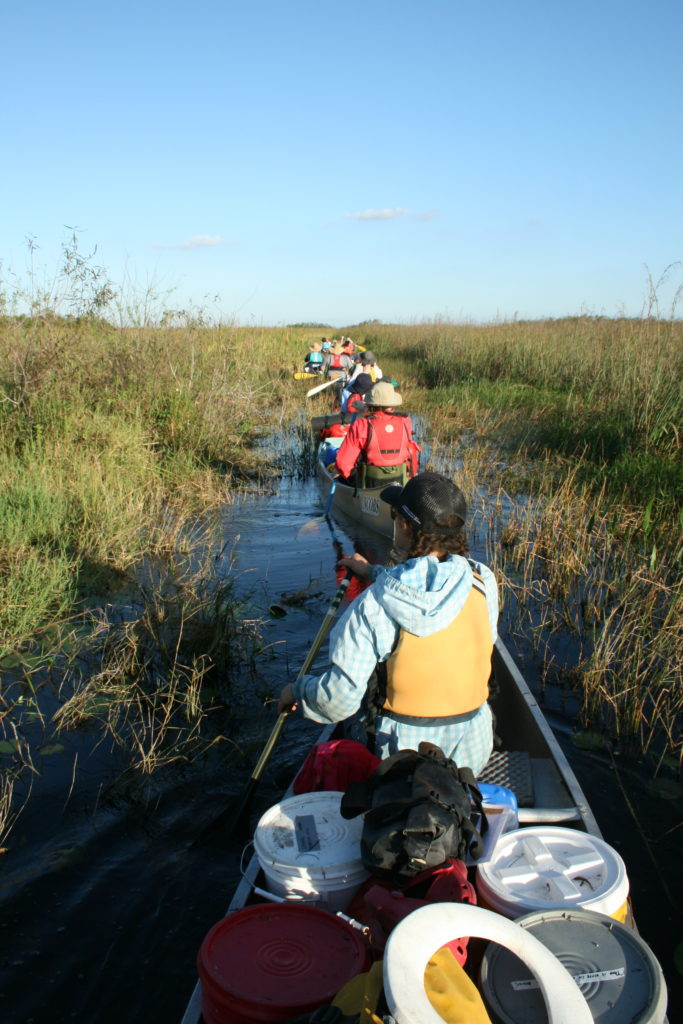
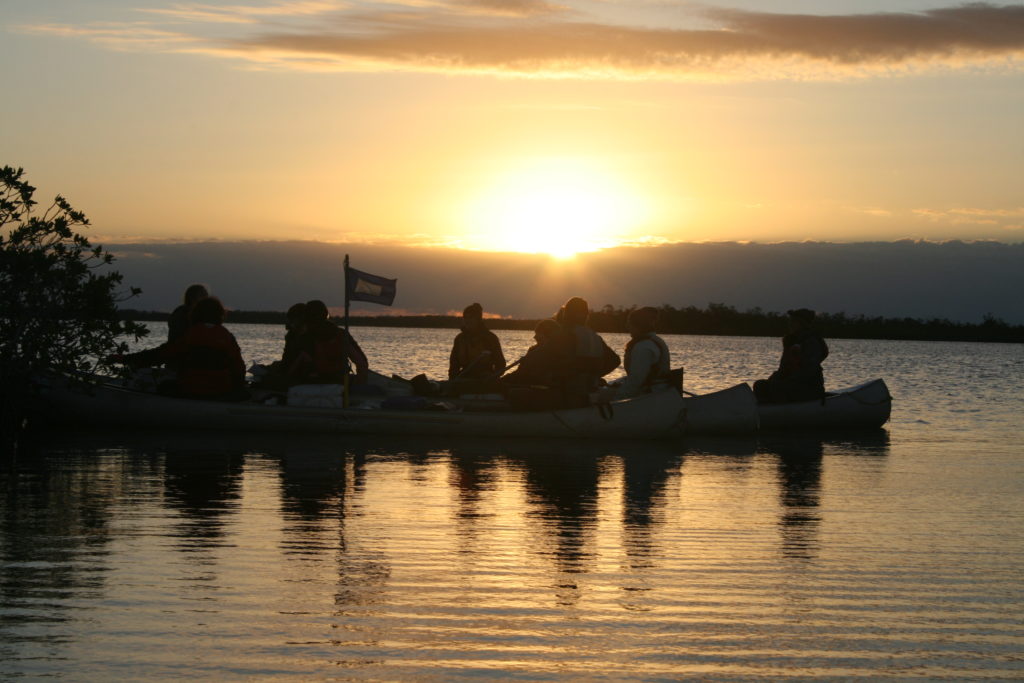

A New Fleet of Wilderness Systems Kayaks
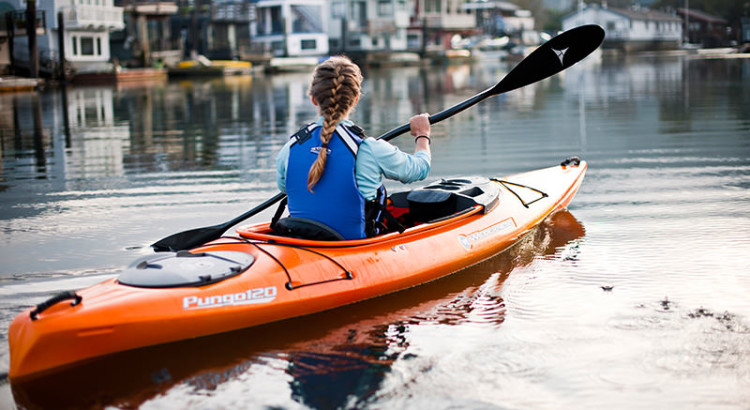
The 2017 summer season found us in the fortunate place of turning over our aging Old Town kayak fleet and replacing it with Wilderness Systems Pungo 12′ recreation kayaks, as well as two 14′ versions for instructors. These new kayaks are a big step up, both in terms of design and performance. The Pungos are faster and more stable, and also more maneuverable. The hatch cover seals and enclosures are much more user friendly. The Pungos offer three different areas of seat adjustability which also makes for a notable upgrade in comfort. On top of it all, these are significantly lighter vessels for loading, unloading, and transporting which all add up for our instructors over the summer season. Overall, AIAO staff and participants have been very happy with this upgrade to Pungo kayaks.
The Hunter’s Mind – An Alternative Perspective on ADD/ADHD
In the course of a year we work with dozens of schools and organizations, and many hundreds of young participants. Invariably, some of these young people have an ADD or ADHD diagnosis. It would be all too easy to lump these folks into some sort of confining category – unfortunately this is sometimes something that we witness – and let that negatively affect the ways in which we relate to these young people.
Thom Hartmann’s Hunter & Farmer breakdown of ADD has been an invaluable tool for us at AIAO as we try to understand and work best with some of our own staff, as well as the young people we serve who have ADD/ADHD. In its simplest form, Hartmann’s hypothesis states that what are now labeled as maladaptive and disruptive traits (i.e, disordered behavior) has had tremendous value in humanity’s evolutionary past. It’s just that culture and society have shifted so quickly that these once highly-valued and necessary attributes that allowed individuals and cultures to thrive, don’t fit as easily into the slowed down, modern farmer’s (agricultural) society that most humans now live in.
Check out the simple chart below for a simple breakdown of the hypothesis. You can also check out Hartmann’s book and additional information here.
Onward!
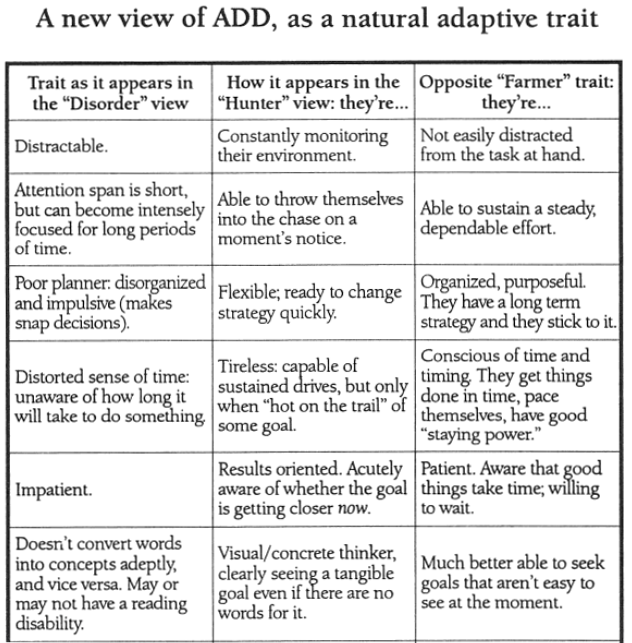
Wild Hearted Kids during April Vacation

We are thrilled to bring back a recently beloved program, Wild Hearted Boys, and introduce a soon-to-be-beloved parallel program of Wild Hearted Girls!
There is a new structural twist for the spring session in that it is an Adventure Week of 5 contiguous days during April vacation. (In the fall of 2015 we plan on returning to weekends spanning several months as a regular offering, with week longs every spring.)
 Every day is different and ranges from caving and climbing to hiking, nature skills/connection and general woods tromping. We are excited to spend a week with these crews of local kids. The single-gender format provides a powerful vehicle for personal transformation, including the courage to be bold in new ways and the potential to create deep and lasting friendships. We had so much fun in past years building forts in the woods, descending into caves and having amazing conversations together.
Every day is different and ranges from caving and climbing to hiking, nature skills/connection and general woods tromping. We are excited to spend a week with these crews of local kids. The single-gender format provides a powerful vehicle for personal transformation, including the courage to be bold in new ways and the potential to create deep and lasting friendships. We had so much fun in past years building forts in the woods, descending into caves and having amazing conversations together.
See our Wild Hearted Programs tab for more details and to register. We so look forward to playing in the wilds with you!
Biking In The Quabbin!
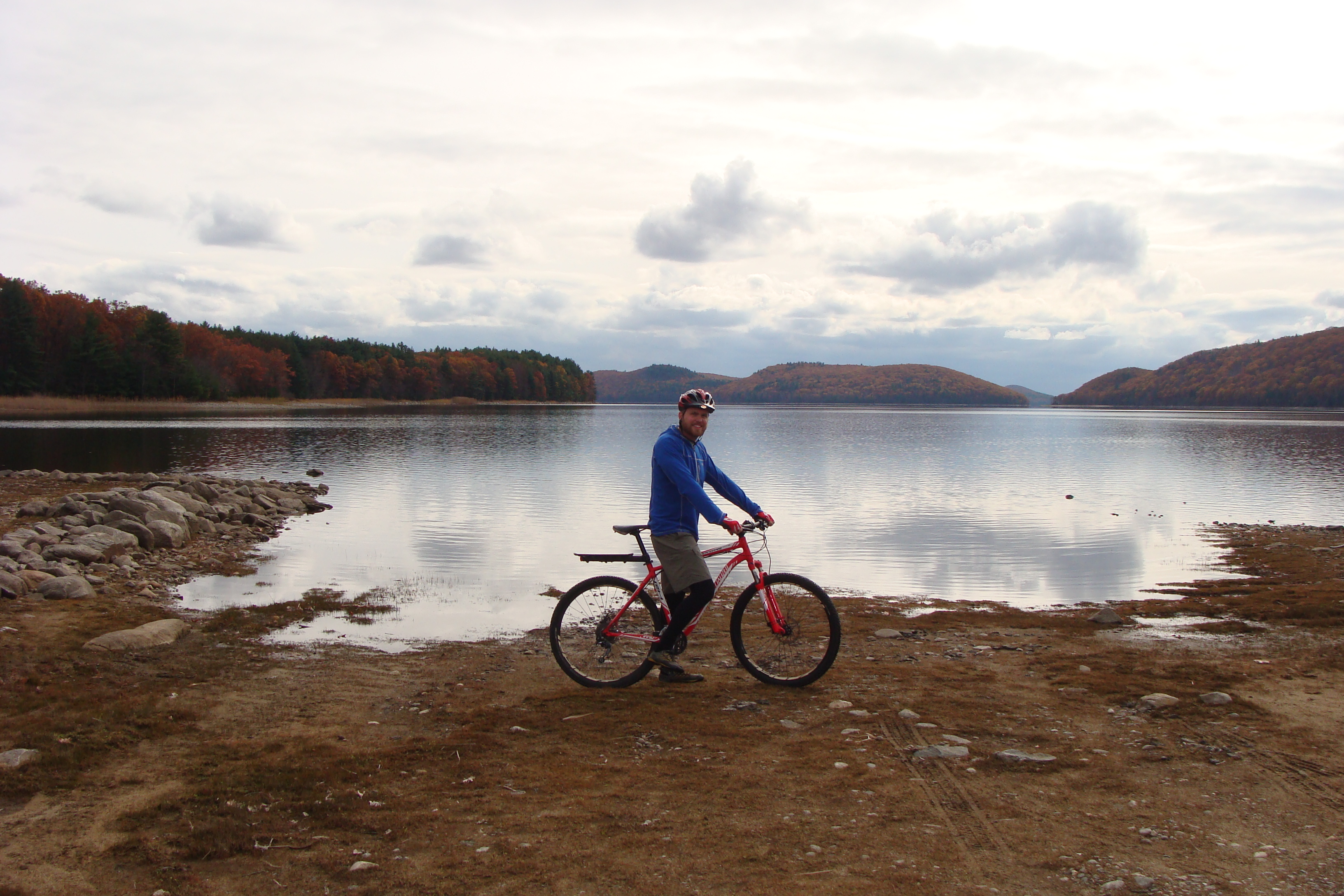
I have spent many a day wandering on and off trail in the Quabbin Reservoir over the last 30 years.
I recently, and happily, found out that certain sections of the Quabbin can be explored by bicycle! It was such a delight over the last few weeks to venture out, with my wife on one occasion, my friends on another, and once on my own.
On my solo venture, I had a wonderful encounter with a moose, 4 otter, and a number of loons!
There are four different spots to explore – see maps here: eastquabbike, northquabbike, quaboffresbike, quabparkbike
Enjoy!!
Five (More) Dangerous Things You Should Let Your Children Do
In another inspiring TED talk, Gever Tulley continues his exploration of risk and safety as they relate to children.
Does the media fuel an illusion that our children are in danger? How does reality compare to our fears? Tulley asks these questions and others.
And, the answers may surprise you. For example, regarding the fading concept of ‘stranger danger,’ did you know that kidnapping by a non-family-member doesn’t even make the top 5,000 dangers that children face?
Maybe walking to school isn’t such a bad idea, since it increases situational awareness, improves character judgment, and increases fitness (and thus memory and overall well being).
Then there are activities we can do with children with some actual risk involved, like playing with fire, whittling, driving a car, licking a battery, and more. According to Tulley, by exposing children to small risks we teach them about safety, and we equip them to challenge fear and address real risks in the world.
Or, as Tulley says, “The most effective way to keep children safe is to give them a little taste of danger.”
For more by Gever Tulley, check out his book 50 Dangerous Things, his website, and his talks on Ted.Org.
The Importance of Self-Care
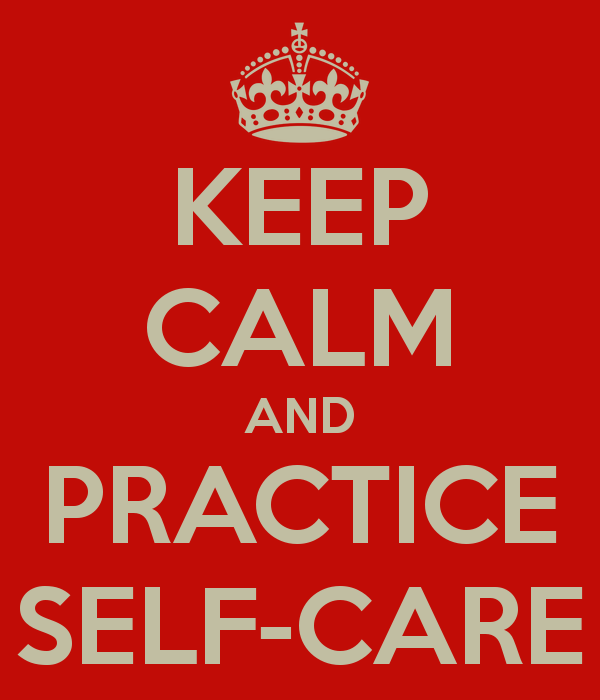
“Self-care is a touchy subject. That’s because our society largely views self-care as selfish, slothful and overly indulgent…Yet, it’s anything but. Taking good care of yourself not only makes your life more fulfilling and contributes to your well-being, but it also extends to others.” – Margarita Tartakovsky, M.S.
In a field that requires as much energy as outdoor education, the importance of self-care cannot be overstated. That said, it’s also important for everyone else: educators, students, parents, etc.
The concept reminds me of the oxygen masks on airplanes: we are charged with putting on our own so that we are then better able to help others. It’s the same in many other areas of our lives.
Self-Care Ideas:
Have a game nights with friends and family, go on a nature walk, meditate, take a yoga class, garden, journal, cook a delicious meal, listen to a favorite podcast, work on a craft/DIY project, get a massage, read a favorite book, go to the movies or a concert, tell bad jokes with a loved one.
The sky’s the limit! Whatever you find relaxing and rejuvenating can be employed in your self-care practice. For some deeper self-care suggestions, check out this article on PsychCentral.Com.
Was a 9-Foot-Long Shark Eaten Off of Australia?
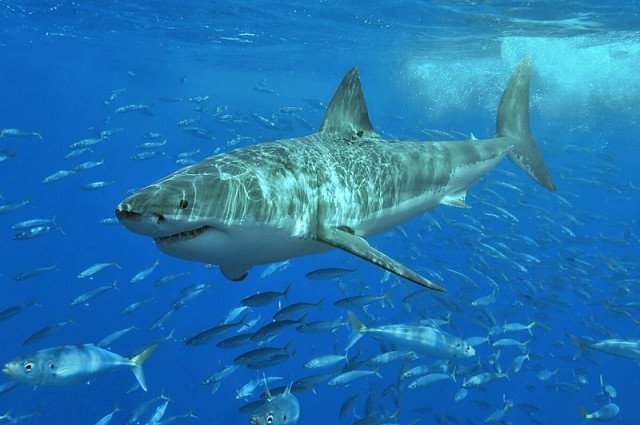
An 11yo incident off the coast of Australia has recently come to light, and it’s a fascinating one.
Four months after ‘shark alpha’ was tagged with a radio tracker, its unit washed up on shore only miles from where it had been tagged. After reviewing the data, researchers believe that the radio tag took an eight-day ride in the belly of a massive great white.
It is possible that in a fight with another shark the device was bitten off, but scientists are entertaining the possibility that the entire shark was consumed by a “colossal cannibal great white shark.”
For more information visit IFLScience.Com and The Smithsonian Chanel.
Reflections on Integrity
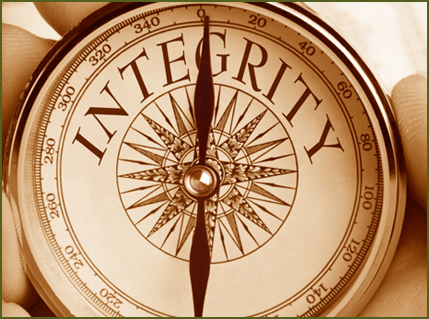
Recently I’ve found myself reflecting on the notion of integrity. Sounds simple enough, right? That’s what I thought.
With each unique person and mind comes the possibility of interpreting even the most basic of things differently than the person standing next to you. Thus, with that in mind, I turn to quotations, for I am often inspired by the words of others that have stood the test of time…
“They’re certainly entitled to think that, and they’re entitled to full respect for their opinions… but before I can live with other folks I’ve got to live with myself. The one thing that doesn’t abide by majority rule is a person’s conscience.” – Harper Lee, To Kill a Mockingbird
“Nothing is at last sacred but the integrity of your own mind.” – Ralph Waldo Emerson, Self-Reliance
“When you are content to simply be yourself and don’t compare or compete, everyone will respect you.” – Lao Tzu, Tao Te Ching
“Waste no more time arguing about what a good man should be. Be one.” – Marcus Aurelius, Meditations
Stay classy, adventurers!
 Adventure In Adventure Out
Adventure In Adventure Out